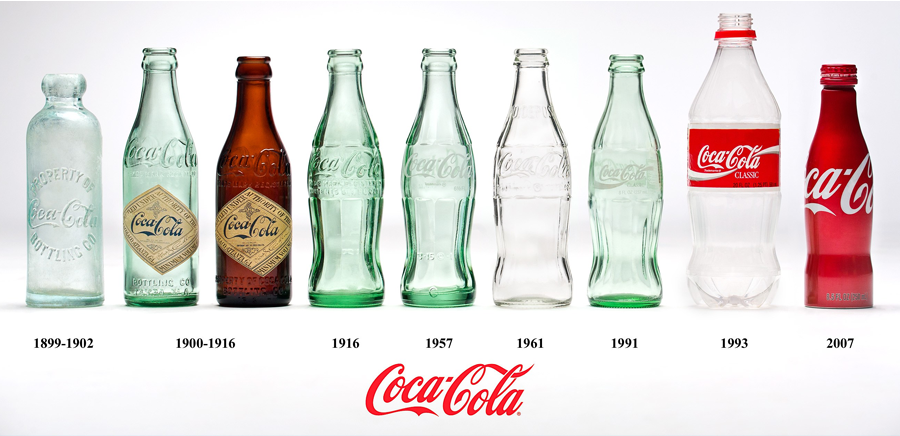Of course we would all be lost without ‘the Net’ (as many of our mums still call it), but sadly a lot of information on there is not especially credible. When forming an opinion based on something you read online or saw in a YouTube video, our advice is to take it with the proverbial grain of salt. Especially if you’re using it to inform a business decision.
One of the most frustrating things in any profession is being told by an outsider how to do your job. Especially when they’ve engaged you for your experience and expertise.
We imagine doctors must get this all the time with the likes of Web MD diagnosing symptoms. Ditto lawyers, plumbers, butchers, bakers and candlestick makers.
Now if this sounds confusing, it’s because it is. When you think about it, it doesn’t make sense. Why would you pay a professional for their service only to micro-manage the process?
It happens. Frequently. People read things on the internet and believe that’s the be all and end all. Only it’s not quite that simple… Years of training, trial and error go into any career. Things that cannot be gleaned from one E-book alone. That’s why it’s critical to always consider the source.
Here’s a couple of things to check off:
- Publishing site.
Say for example you’ve read a very convincing article about SEO strategy. Was it published by a respected SEO company with runs on the board? Or perhaps by a leading SEO influencer? If not, you need to consider the source and if it should be taken as gospel.
- What’s the author’s background?
If you met a random in the street with no experience running a business who started telling you how to run yours, chances are you would back away quietly. The same is true for information on the internet. Check out your source, the author’s background – do they have (real) experience in the field?
- Is there a hidden agenda?
Is someone trying to sell you something by sharing the information? It’s important to consider what’s in it for them.
- Do they practise what they preach?
If not, question their legitimacy. For instance, if you’re reading a blog on the importance of website design and user experience via a website that’s slow to load and difficult to navigate, think twice.
- How simple does it sound?
Sometimes, if it sounds too easy, it definitely is. Again with reference to SEO, if you’ve read a blog that says you just stuff a few keywords into your site, and voila, numero uno ranking, we’re telling you now that’s not the case. Quick-fix options don’t work.





